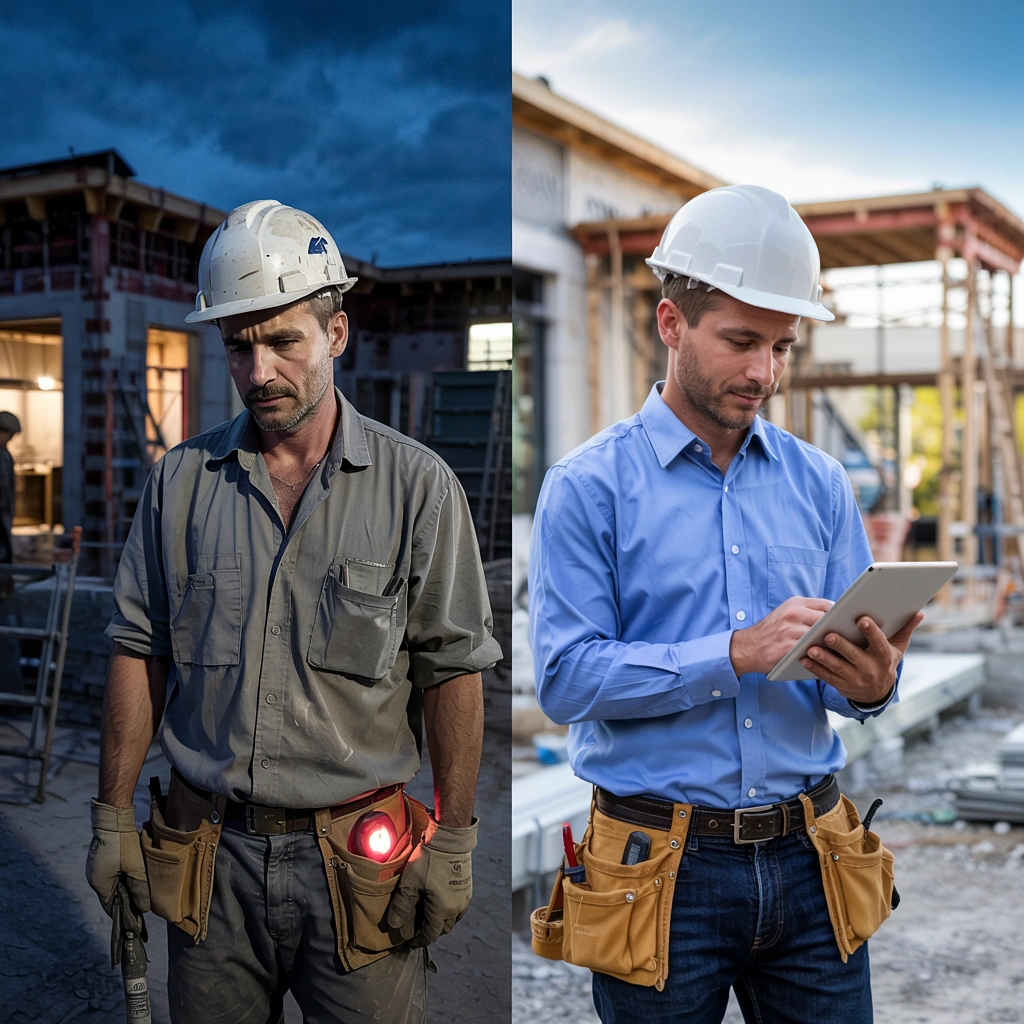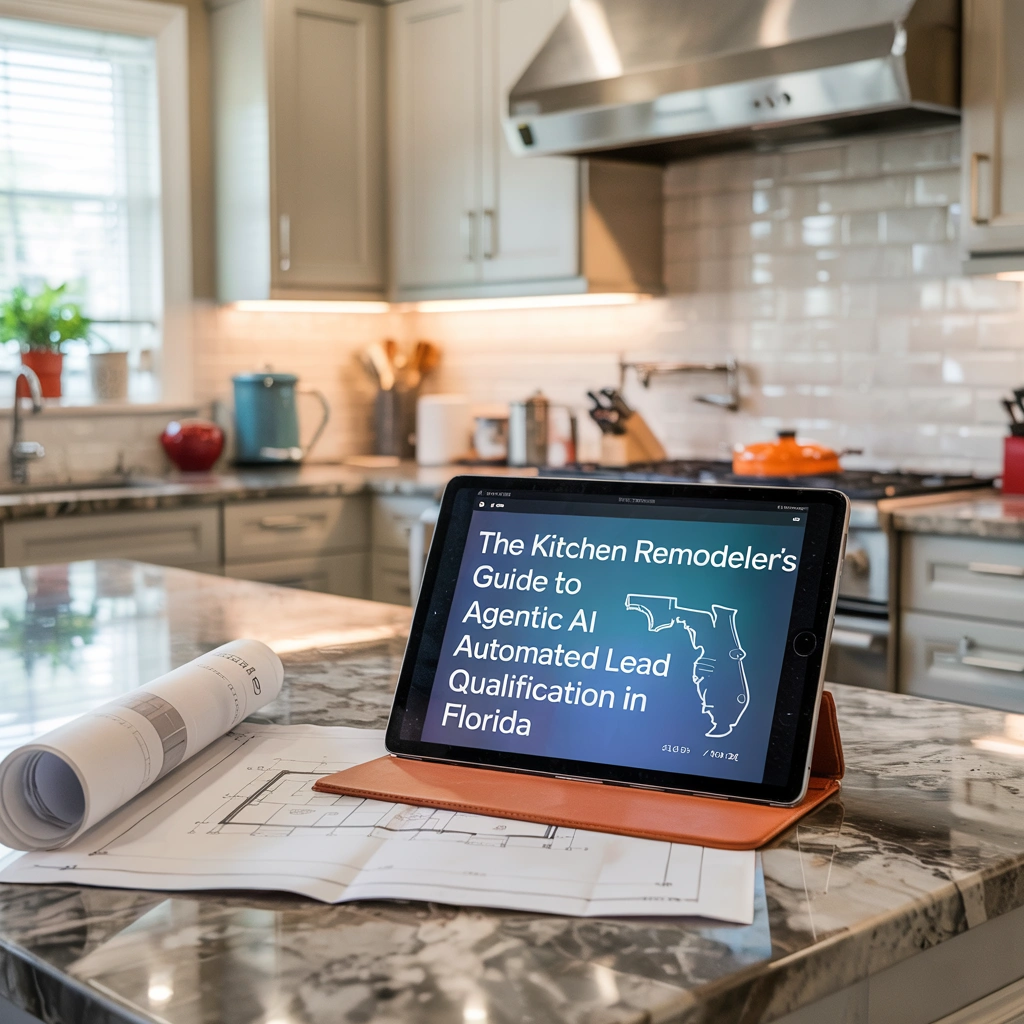
Summary: Florida homeowners are losing hundreds of dollars monthly on energy bills due to poor insulation, but spray foam costs vary dramatically across the state. One type of foam can actually increase your home’s hurricane resistance by 260%.
Key Takeaways:
- Spray foam insulation costs $1.50-$7.00 per square foot in Florida, with closed-cell foam delivering superior moisture resistance vital for the state’s humid climate
- Florida requires specific R-values: R-30 in South Florida (Zone 1) and R-38 in Central/North Florida (Zone 2), determining the thickness needed for your project
- Professional installation doubles material costs when factoring in labor, equipment, and overhead expenses
- Five key factors drive installation costs beyond materials: project size, regional labor rates, seasonal demand, existing insulation removal, and building code compliance
- Spray foam insulation, recognized for its energy-saving properties, can significantly reduce energy bills for Florida homeowners
Florida homeowners face a constant battle against soaring energy costs. Air conditioning bills that make you cringe every month are unfortunately the norm in the Sunshine State. Poor insulation transforms homes into money pits, allowing precious cool air to escape while hot, humid outdoor air infiltrates living spaces.
Florida Spray Foam Insulation Costs $1.50-$7.00 Per Square Foot
Understanding spray foam pricing in Florida requires recognizing the state’s unique climate challenges. The cost range reflects two distinct foam types, each serving different performance needs and budget considerations.
Open-cell spray foam represents the budget-friendly option, ranging from $1.50 to $4.50 per square foot installed. This softer material expands significantly during application, creating an effective air barrier while allowing some moisture permeability. The lower cost makes it attractive for larger projects like attic spaces, where moisture control isn’t the primary concern.
Closed-cell spray foam commands a premium price of $3.00 to $7.00 per square foot installed, but delivers superior performance for Florida’s demanding conditions. This denser material creates an impermeable moisture barrier while providing exceptional insulation value, making it the preferred choice for areas requiring maximum protection against humidity and air infiltration.
Open Cell vs Closed Cell: Performance and Cost Breakdown
Florida’s year-round heat and humidity create specific performance requirements that influence foam selection and associated costs.
Open Cell Foam Provides R-3.5 to R-3.9 Per Inch at Lower Cost
Open-cell foam provides an R-value of approximately R-3.5 to R-3.9 per inch of thickness. This translates to requiring 8-10 inches of material to meet Florida’s building code requirements. The thicker application increases material usage but maintains cost advantages through lower per-square-foot pricing.
Project economics favor open-cell foam for large attic spaces where moisture intrusion isn’t problematic. The material’s ability to expand up to 100 times its liquid volume ensures complete coverage around irregular surfaces and penetrations.
Closed Cell Foam Delivers R-6 to R-7 Per Inch with Superior Moisture Resistance
Closed-cell foam provides an R-value of approximately R-6 to R-7 per inch, requiring only 5-6 inches to achieve the required R-values. This efficiency reduces material volume while increasing performance per dollar invested. The denser structure creates an effective vapor barrier, eliminating the need for separate moisture control measures.
The material’s structural properties add rigidity to building components. A University of Florida study found that closed-cell spray foam, when applied in a 3-inch layer, can increase a roof’s wind uplift resistance by 2.6 times compared to traditional fasteners, offering protection against hurricane-force winds common in Florida.
Why Closed Cell Performs Better Against Florida’s Humidity
Florida’s high humidity levels create ideal conditions for mold growth and moisture-related structural damage. Closed-cell foam’s impermeable structure prevents moisture infiltration that leads to these costly problems. The material resists mold growth while maintaining insulation performance even in high-moisture environments.
This moisture resistance proves particularly valuable in crawl spaces, rim joists, and other areas where humidity control directly impacts home comfort and structural integrity.
2023 Florida Building Code R-Value Requirements
Florida’s building codes establish minimum insulation requirements based on climate zones, directly affecting project costs and material calculations.
South Florida Zone 1 Requires R-30 Insulation
South Florida’s Zone 1 designation reflects the region’s consistently warm temperatures. The R-30 requirement for ceiling/attic insulation translates to specific foam thickness requirements depending on material selection.
Using open-cell foam, homeowners need approximately 8 inches of material (30 ÷ 3.7 = 8.1 inches). Closed-cell foam requires only 5 inches (30 ÷ 6.2 = 4.8 inches) to meet code requirements.
Central and North Florida Zone 2 Require R-38 Insulation
Zone 2 includes Central and North Florida, where occasional temperature drops warrant higher insulation values. The R-38 requirement increases material needs and project costs accordingly.
Open-cell installations require 10 inches of thickness (38 ÷ 3.7 = 10.3 inches), while closed-cell applications need 6 inches (38 ÷ 6.2 = 6.1 inches) to satisfy code requirements.
Converting R-Values to Foam Thickness Requirements
Accurate thickness calculations ensure code compliance while optimizing material costs. Divide the required R-value by the foam’s per-inch R-value to determine minimum thickness. Always round up to ensure adequate performance and code compliance.
Professional contractors account for installation variables that may affect actual R-values, often recommending slightly thicker applications to guarantee performance standards.
Five Factors That Drive Your Florida Installation Cost
Multiple variables beyond material selection influence final project costs, requiring careful consideration during planning phases.
1. Project Size and Hard-to-Reach Areas
Larger projects typically achieve lower per-square-foot costs through economies of scale. However, difficult access areas command premium pricing due to increased labor complexity and safety requirements.
Tight crawl spaces, high cathedral ceilings, and areas requiring special safety equipment add $1.00-$3.00 per square foot to base installation costs. Contractors factor in additional setup time, specialized equipment, and increased labor hours for challenging applications.
2. Professional Labor Rates Across Florida Regions
Geographic location significantly impacts labor costs throughout Florida. Miami-Dade commands the highest rates due to elevated living costs, while rural areas offer more competitive pricing with potentially fewer qualified contractors.
Tampa Bay and Jacksonville fall into the mid-range pricing tier, balancing reasonable costs with contractor availability. Urban areas generally provide faster project completion due to reduced travel time and equipment positioning.
3. Seasonal Demand and Installation Windows
Florida’s construction seasonality affects spray foam pricing and availability. Peak demand during fall and winter months can increase costs by 10-20 percent as homeowners prepare for cooling season.
Summer installations may offer cost savings but present challenges for installation crews working in extreme heat conditions. Spring represents the optimal balance of reasonable pricing and favorable working conditions.
4. Existing Insulation Removal Adds $1.00-$2.50 Per Square Foot
Removing outdated insulation materials before spray foam application creates additional costs and disposal requirements. Fiberglass batts, cellulose, and vermiculite insulation require proper handling and disposal procedures.
Contaminated or damaged existing insulation may require specialized removal procedures, increasing costs toward the higher end of the range. Clean, accessible removal situations maintain costs at the lower end.
5. Meeting Florida Building Code Compliance Requirements
Florida’s stringent building codes require specific installation procedures and documentation. Proper air sealing, fire-rated assemblies, and inspection requirements add complexity to installations.
Professional contractors include permit fees, inspection costs, and compliance documentation in project pricing. These requirements protect homeowners while ensuring installations meet performance standards.
Step-by-Step Cost Calculation for Your Florida Home
Accurate cost estimation requires systematic measurement and calculation procedures that account for all project variables.
Measure Your Space and Determine Required Thickness
Begin with precise measurements of the area requiring insulation. For attic applications, measure floor area rather than roof surface area. Wall applications require calculating vertical surface area minus windows and doors.
Determine the required R-value based on your Florida climate zone, then calculate the necessary foam thickness using the material’s per-inch R-value. Add 10-15 percent to measurements for waste and coverage variations.
Real Example: Central Florida 2,000 Square Foot Attic Project
A Central Florida home requires R-38 attic insulation across 2,000 square feet. Using open-cell foam at R-3.7 per inch requires 10.3 inches of thickness.
Material costs range from $2.00-$3.00 per square foot, totaling $4,000-$6,000. Professional installation adds $1.50-$2.50 per square foot for labor and overhead, bringing total project costs to $7,000-$11,000.
Closed-cell foam requires only 6.1 inches but costs $3.00-$5.00 per square foot for materials ($6,000-$10,000) plus $2.00-$3.00 per square foot for installation ($4,000-$6,000), totaling $10,000-$16,000.
Getting Reliable Contractor Quotes in Florida
Selecting qualified contractors ensures proper installation and long-term performance while protecting your investment.
Key Questions for Every Florida Spray Foam Contractor
Verify contractors hold current Florida licenses for insulation work through the Department of Business and Professional Regulation. Ask about their specific spray foam experience, equipment maintenance procedures, and warranty coverage.
Request detailed quotes including material specifications, thickness requirements, prep work, and cleanup procedures. Ensure contractors provide installation timelines and weather contingency plans for outdoor temperature and humidity requirements.
Ask for recent Florida project references and verify insurance coverage, including liability and workers’ compensation protection. Experienced contractors readily provide this documentation.
Warning Signs When Comparing Installation Quotes
Extremely low quotes often indicate corner-cutting through inferior materials, inadequate thickness, or unlicensed installation crews. High-pressure sales tactics suggesting immediate decisions typically signal problematic contractors.
Missing warranty information, inability to provide recent references, or reluctance to discuss specific installation procedures indicate potential quality issues. Reputable contractors welcome detailed discussions about materials and methods.
Quotes lacking specific material brands, R-value guarantees, or thickness specifications prevent meaningful comparison and may indicate inexperienced contractors.
Spray Foam Insulation Reduces Energy Bills Significantly
The Environmental Protection Agency recognizes spray foam insulation as a highly effective insulation and air barrier system. Properly installed spray foam creates an airtight seal that prevents warm air from escaping in winter and hot air from entering during summer months.
This air sealing capability leads to dramatic energy savings for Florida homeowners. Homes insulated with quality spray foam systems experience significant reductions in monthly energy expenses through improved temperature control and reduced HVAC system workload.
The investment in professional spray foam installation typically recovers costs through energy savings within 3-7 years, depending on existing insulation conditions and energy usage patterns. Improved comfort levels and moisture control provide additional value beyond direct energy cost reductions.
Quality spray foam installations can last for 80 to 100 years with minimal maintenance requirements, making the initial investment cost-effective over the product’s lifetime. Regular inspections every 5-7 years ensure continued performance and identify any maintenance needs.
Frequently Asked Questions
How Kitchen Remodeling Companies Can Leverage This Content
This informative article, “Calculating Your Spray Foam Insulation Cost Per Square Foot in Florida” can be adapted and repurposed across multiple marketing formats to help increase website traffic for kitchen remodeling services, build trust with potential clients, and differentiate their services in a competitive market. We help with The Florida Remodeler’s Guide to Trust-Building Content That Drives Traffic by transforming technical content into powerful marketing campaigns across all digital channels, ensuring maximum reach and engagement with potential customers.





